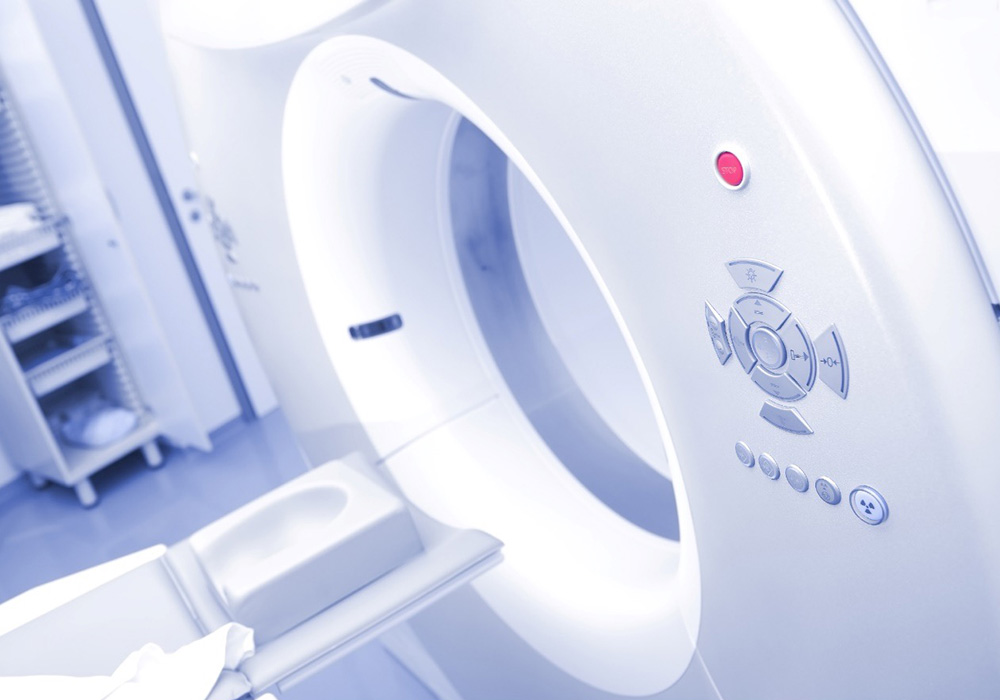One to two out of every 10,000 individuals who received computed tomography (CT) scans as a young patient will develop a hematologic cancer later in life, researchers reported in study findings published in Nature Medicine. The findings demonstrate the need for continued use of radiation protection for younger patients and careful consideration of risks and benefits of diagnostic testing.
In the large multinational EPI-CT study, researchers analyzed data from radiology records and cancer registries for 948,174 patients in nine European countries who underwent CT scans before age 22. They estimated patients’ radiation doses based on hospital data, scientific reports, and expert opinion; they then followed patients for at least two years after a CT scan, with an average follow-up time of 7.8 years.
Patients who underwent CT scans subsequently developed 790 hematologic cancers, the researchers found, and relative risk was increased for radiation doses greater than 10 mGy. Overall, on the absolute risk of cancer associated with CT scans, researchers said, “Results suggest that for every 10,000 children examined today (mean dose 8 mGy), 1–2 persons are expected to develop a hematologic malignancy attributable to radiation exposure in the subsequent 12 years.”
Because historic studies “were criticized due to low statistical power, inadequate individual dosimetry, and potential bias from confounding by indication (when those who undergo CT examinations are at higher risk of cancer than those who do not, due to underlying conditions),” researchers wrote, the cancer risks associated with CT were not clear. “The analyses presented here showed consistent associations between CT radiation dose and risk of hematological malignancies as a whole,” they concluded. The authors emphasized the importance of adequately justifying radiologic procedures in children and keeping radiation doses as low as reasonably achievable (ALARA principle).
Learn more about hematology and cancer survivorship from ONS’s Learning Libraries.






